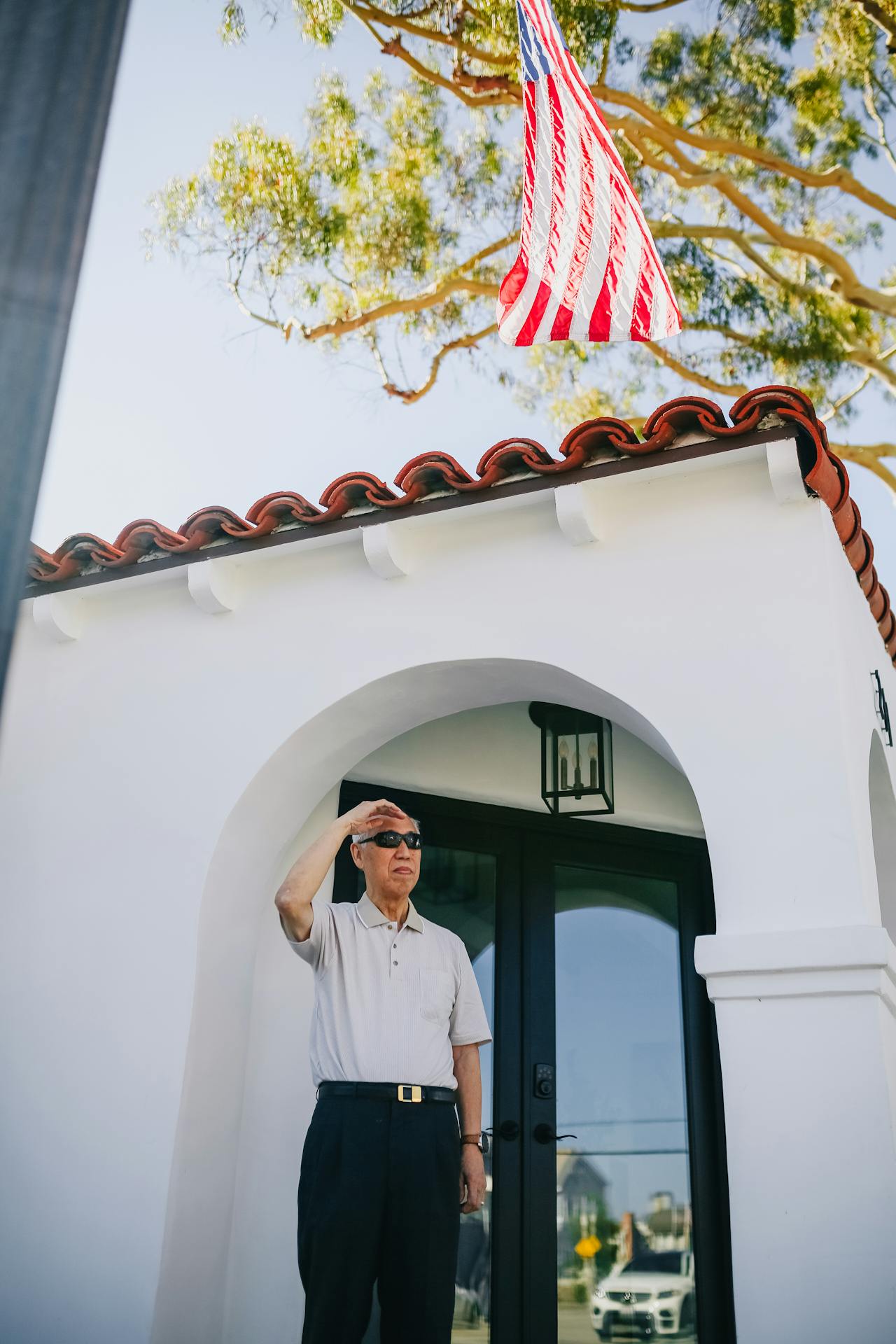Introduction
Senior housing consists of a variety of models. This models main aim is to meet the unique needs and preferences of older adults. Each model offers distinct features and services, catering to individuals at different stages of retirement, health and overall independence. Below are some common housing senior models that one can choose from:
Independent living
Independent living communities are set for the elderly. They are set up for active, self-sufficient seniors who feel the need to live in a social environment, without the responsibilities of home ownership. Some common features includes private apartments of cottages and common dining facilities. Other features include social and recreational activities and minimal assistance with daily tasks.
Assisted living.
This is suitable especially for seniors who need help with activities of daily living but feel the need to maintain a level of independence. Some characteristics associated with this model includes private or shared apartments, assistance with ADLs such as bathing and dressing, meal services, social and recreational activities and 24 hour support.
Memory care Housing
This is specifically set for individuals with Alzheimer’s disease or other forms of dementia providing a secure and supportive environment. Some key features associated with this model includes specifically trained staff, secured living spaces, structured routines and activities and cognitive stimulation programs.
Continuing Care Retirement Communities (CCRCs):
Offer a range of care levels within one campus which allows residents to transition from independent living to assisted living or skilled nursing care as needed. Some key features associated with the given model includes independent living units, assisted living services, skilled nursing care and seamless transitions between levels of care.
Skilled Nursing Facilities (SNFs).
Skilled nursing facilities provide full time nursing care for individuals with complex medical needs or those recovering from surgery or illness. Key features includes medical supervision, rehabilitation services, and long term care for chronic conditions.
Senior Co-Housing
Senior co-housing involves private residences within a community where residents participate in decision making and social activities. Key features includes private homes, shared communal spaces and collaborative decision making.
Subsidized Housing
Otherwise known as income-based housing. This are designed to assist low income seniors with affordable housing options. Some key characteristics includes rent based on income, and government assistance programs.
Naturally Occurring Retirement Communities (NORCs):
NORCs are existing communities and neighborhoods where a significant percentage of the residents are seniors. Some key features includes supportive services within the community, and aging in place initiatives.
Senior Apartments housing
Senior apartments are independent living residences that are set for older adults and often have an age restriction criteria. Some key features includes private apartments, community amenities and often affordable and maintenance -free.
Conclusion
Choosing the most suitable model depends on a number of factors such as individuals’ preferences, health needs and financial consideration. It is essential for seniors and their families to carefully evaluate their options and seek guidance from professionals in the field of aging and senior care. Additionally visiting different types of senior living communities and consulting with healthcare providers can be key for individuals in making more informed decisions about the best fit housing model
